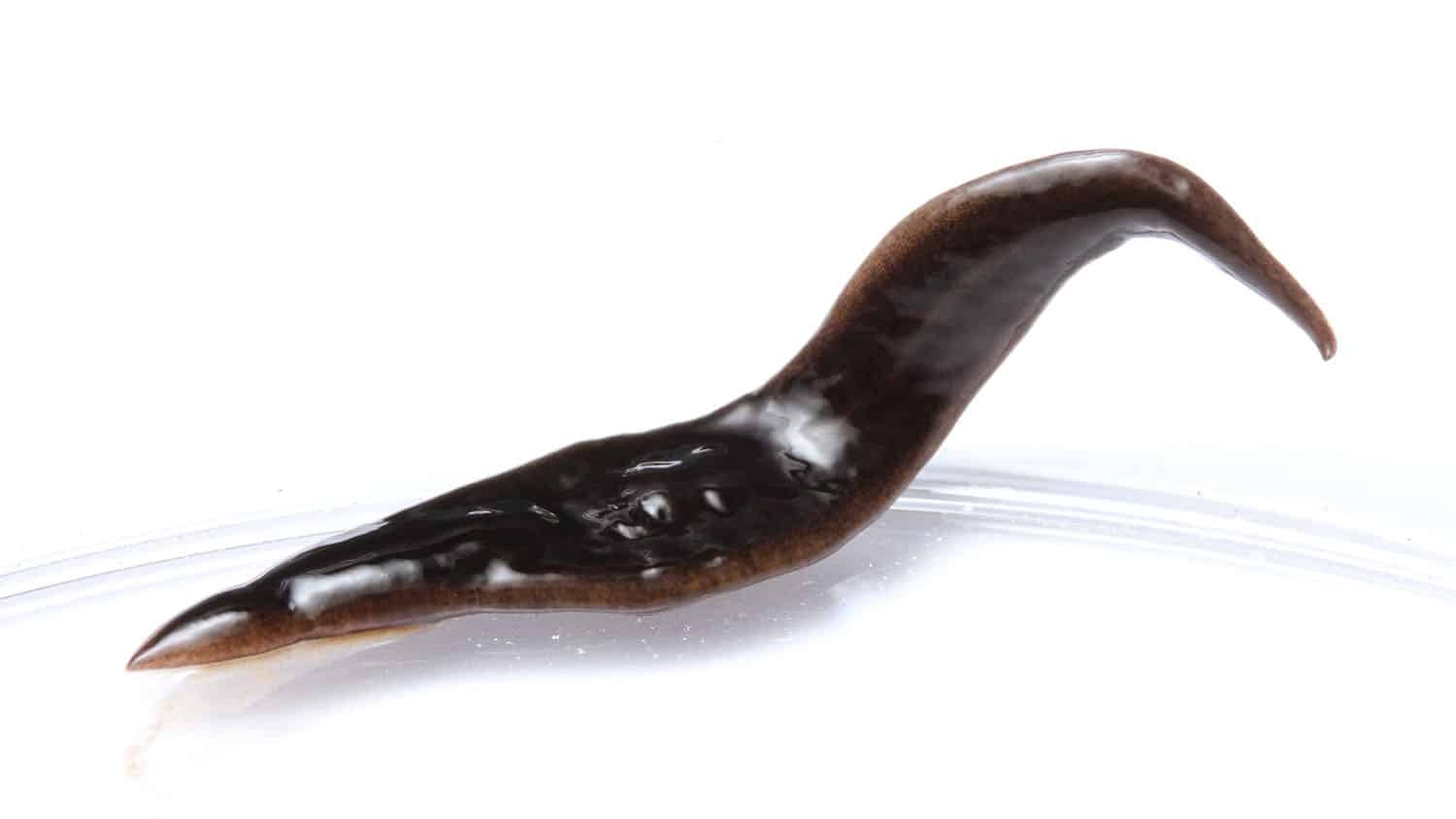Grad Student: Bug Bombs Don’t Live up to Claims

by Rosemary Hallberg
Setting off a bug bomb may seem like an easy solution to a roach infestation, but research at NC State University shows that it may actually harm the homeowner more than the roaches.
Zachary DeVries, who recently began a postdoctoral appointment at NC State University, examined the effectiveness of total release foggers for cockroaches for his doctoral dissertation. He is this year’s recipient of a IPM Symposium Graduate Student award and a Friends of Southern IPM Graduate Student award in the Ph.D. category.
Total release foggers, or “bug bombs” as they’re also called, are inexpensive and easy to find in most home improvement stores. Since they’re easy to use and advertised as an effective way to rid one’s house of bugs, many homeowners, especially apartment residents, who don’t want to pay for professional pest control use them.
The advertising for foggers makes them seem like an attractive solution for a roach problem: Start the fogger, leave the premises for a while, and POOF! No more roach problem. Some product labels claim that they continue working for up to two months after activation and reach into crevices where insects can hide.
Unfortunately, DeVries says, that is not the case. DeVries, working collaboratively with a team of NC State researchers, tested the foggers to find out if the claims could be supported. They set off foggers in homes infested with roaches and returned after the re-entry period was over.
The foggers had done nothing to kill the cockroaches. The team set down gel baits in the same houses and found that the baits took care of the problem.
Wondering whether the cockroaches were developing resistance to the insecticides in foggers, DeVries tested the cockroaches for resistance.
“We found that cockroaches collected from homes are incredibly resistant to the foggers,” he says. In some cases, roaches were 300 times more resistant than laboratory roaches.
Foggers are already one of the higher-risk methods of pest control, according to warnings released by the Environmental Protection Agency. The EPA has videos posted on its website that dramatize the three main ways homeowners can potentially harm themselves with the products: not vacating the premises while the fogger is activated, setting off too many foggers and placing them too close to an ignition source. Early re-entry into the treated home is another concern.
“People often don’t read the label,” says DeVries. “They’re sold in three-packs. So people buy them and go home and set off all three.”
The misuse, however, is only one problem with the foggers, he discovered. The foggers also leave insecticide residues on every surface of the house, which he found by swabbing surfaces and crevices before and after the foggers were deployed. Ironically, he found only limited pesticide on vertical surfaces, where cockroaches usually hide.
“We found high levels of pesticide residue,” he says. “The pesticides were everywhere except where the cockroaches would contact them.”
The results of the research have convinced him that the foggers are not an effective method of pest control. “I can’t think of a situation where it would be a good idea to use over-the-counter foggers inside homes.”
Baits, on the other hand, as part of an integrated pest management approach, are extremely effective. Baits disperse limited amounts of pesticides into targeted, low-risk areas of the home. In addition, when baits are used in combination with sanitation/cleaning efforts and education, they can dramatically reduce cockroach populations and cockroach allergens.
DeVries will receive the IPM Symposium award in Baltimore in March and the Friends of Southern IPM award in May at the National Conference of Urban Entomology in Cary.
This post was originally published in College of Agriculture and Life Sciences News.


